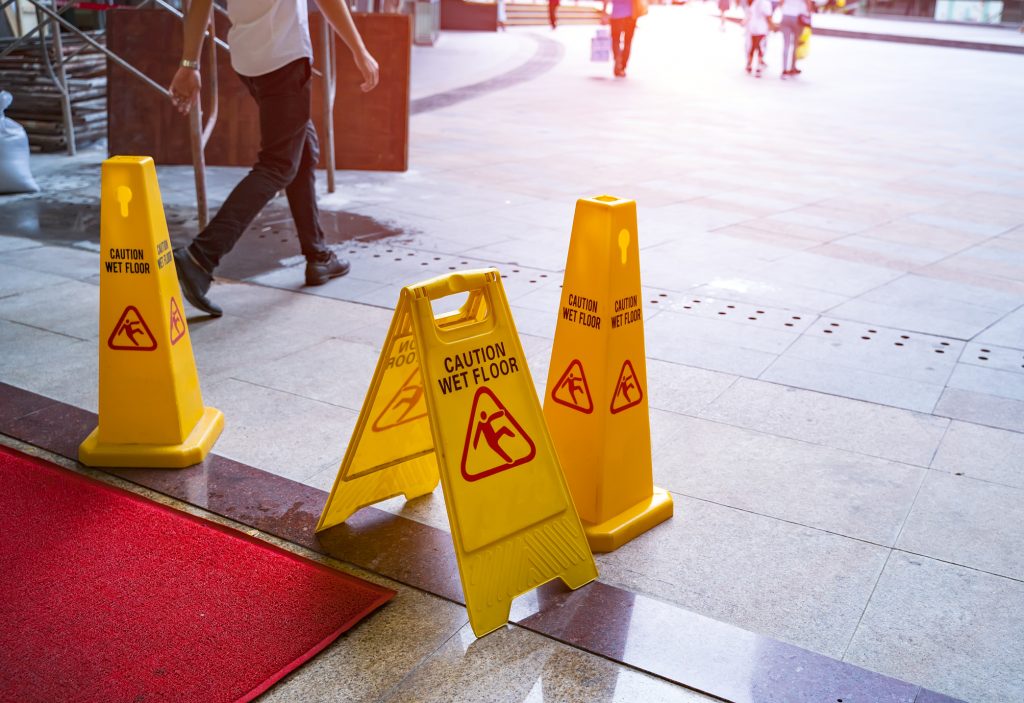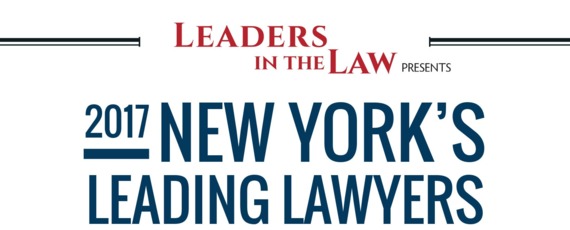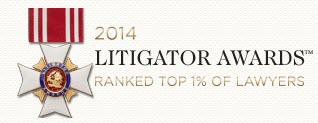Proving negligence in a slip and fall claim is not easy. In New York, the claim must meet four specific elements in order to proceed. These are:

1. Existence of a Dangerous Condition
Property owners have a duty to keep their premises safe. The property cannot have hazards that may prove dangerous to customers or visitors. This is known as the duty element.
What constitutes a dangerous condition? That depends on the individual circumstances. Common hazardous conditions that contribute to slip and fall accidents include:
Your Recovery Is Our Priority. Reach Out to Us for Legal Assistance!
- Uneven flooring
- Wet, slippery floors
- Debris in walkways
- Broken or missing stairs
- Poor lighting
Keep in mind that courts have found some defects leading to slip and fall accidents “trivial.” On the other hand, some defects are so obvious that the plaintiff should have known to avoid them.
2. The Property Owner Knew About the Condition
Slip and fall accident victims must prove that the property owner or manager was aware of the dangerous condition. This is the breach of the duty of care element. It is also the most difficult element to prove.
If a defect is structural, it was likely in existence for some time. Examples include broken or missing steps. The property owner probably should have been aware of the issue. If the defect is transient, such as a liquid spilled on a supermarket floor resulting in a dangerous fall, the property owner may not have known about it since it may have occurred just before the accident.
3. There Was Sufficient Time to Remedy the Condition
This relates to the structural vs. transient element. Did the owner have sufficient time to remedy the hazardous condition but failed to do so?
If the slip and fall relates to falling on ice or snow, much will depend on whether the owner had time to clear their property. If the fall occurred while the snow was still coming down, the owner is unlikely to be found liable. Even after the snowfall stops, if the owner shows they made the property reasonably safe, they may not have liability for the accident.
Turn Your Slip and Fall into a Step Towards Justice. Contact Us Today!
4. The Defect Was Not Fixed Properly
The property owner knew of the condition, but failed to repair it or did not remedy it properly. This failure caused the accident.
For instance, the landlord may have known that teenagers in the building frequently “partied” on the staircases, often leaving debris behind. Someone who slipped and fell on the trash on the stairs may have a claim if the landlord knew of the situation but did nothing to keep the teens out of there.
Additionally, you must prove that you suffered harm from the slip and fall. That is the damages element.
Contact a New York Slip and Fall Lawyer
If you or someone you know was injured in a slip and fall accident due to another party’s negligence, contact a NYC slip and fall attorney at Friedman, Levy, Goldfarb, Green & Bagley, P.C.. Schedule a free, no-obligation consultation. After discussing the particulars of your case, we will advise you of your options. Our firm works on a contingency basis, so there is no fee unless you receive compensation for your injuries.






